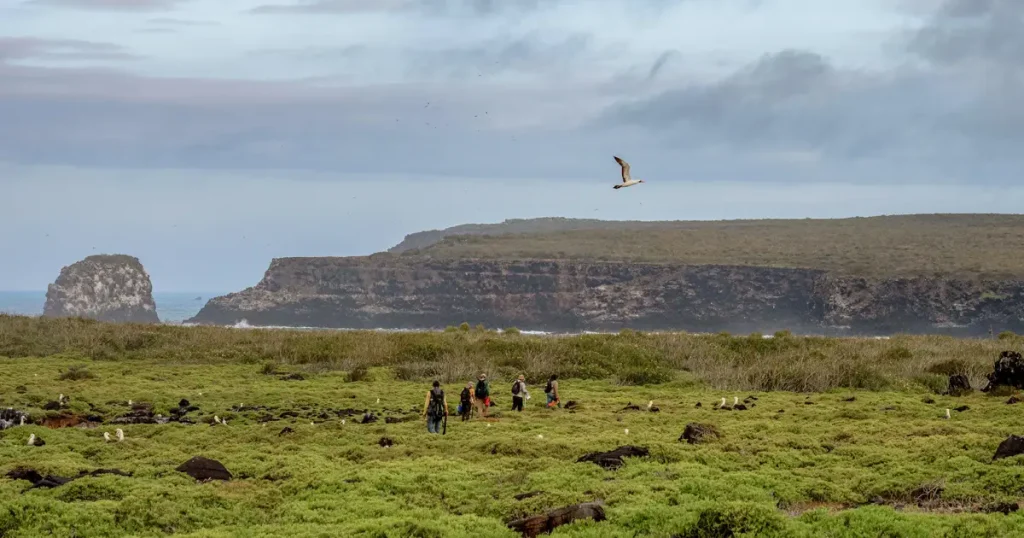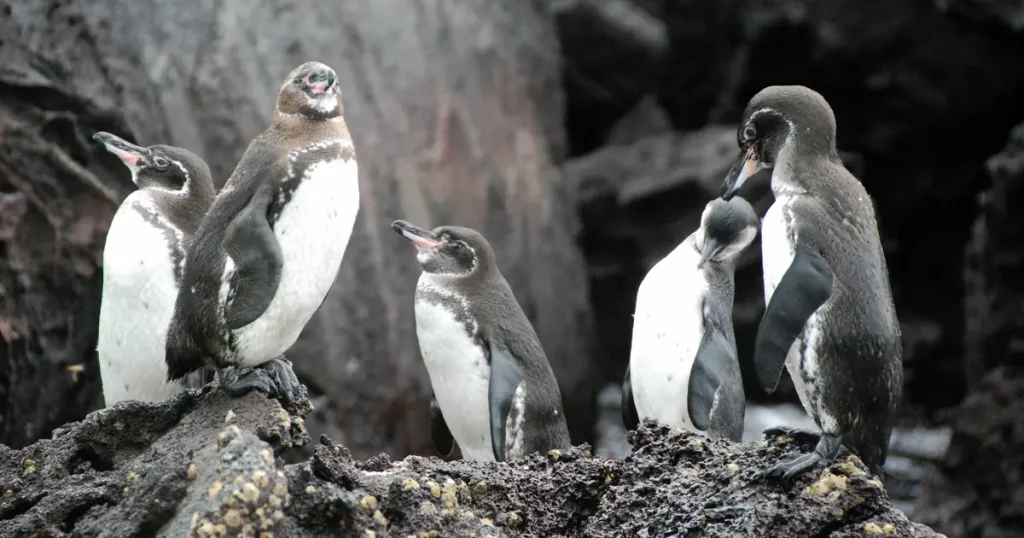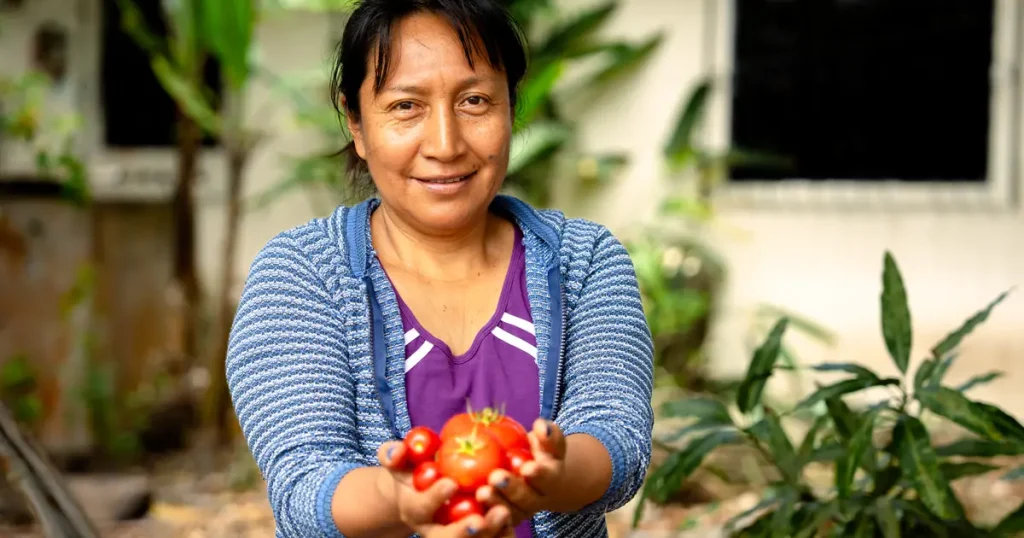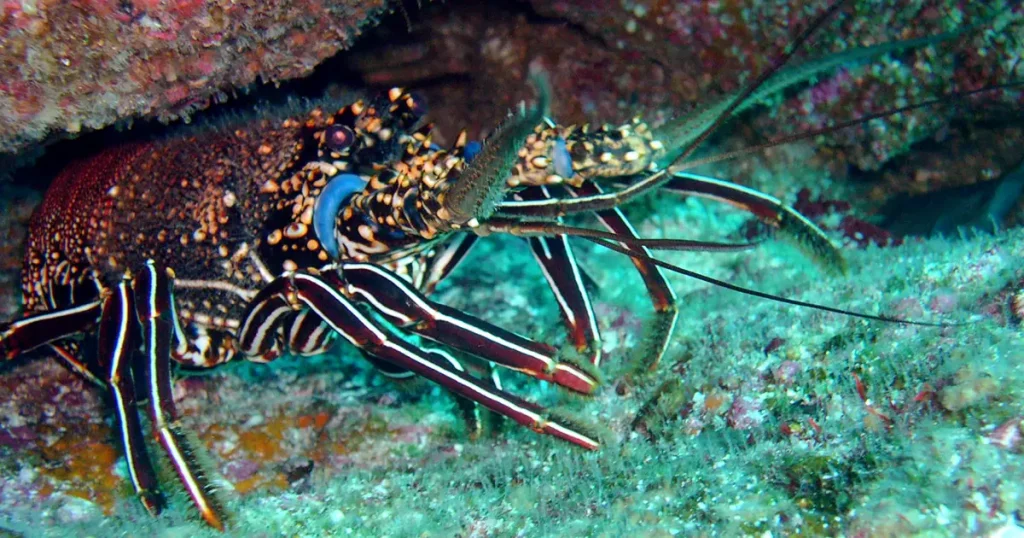Our Ongoing Commitment to Coral Conservation in Galápagos
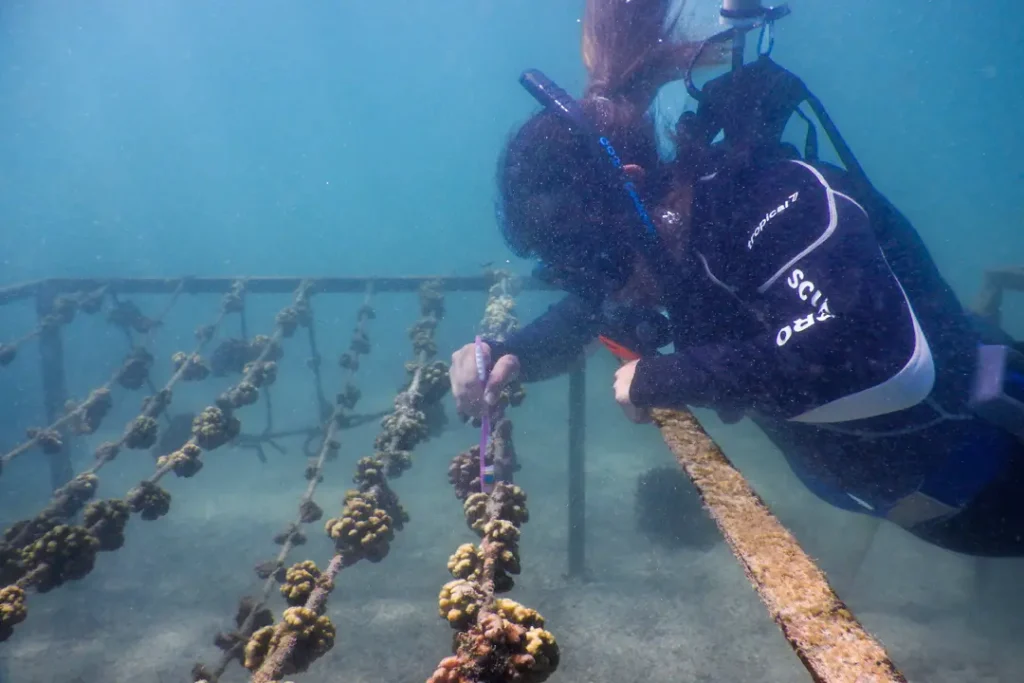
At Galápagos Conservancy, we proudly support the conservation efforts led by the Galápagos National Park Directorate, particularly the Resilient Corals Project in the Central-South Bioregion of the Galápagos Marine Reserve. This initiative aims to protect one of the most vulnerable ecosystems in the reserve: coral reefs. These reefs are critical to marine health and are of great interest to both scientists and visitors.
Coral Resilience: A Positive Outlook
This year witnessed significant progress thanks to the hard work of dedicated park rangers. The Central-South bioregion is home to sites such as Santiago, Floreana, and Española, once known for their vibrant coral reefs. Unfortunately, climate change and other challenges have severely impacted these ecosystems.
The remaining corals in these areas not only tell the ecological story of the Galápagos but also provide important insights into resilience and adaptation in the face of adversity. Corals, often referred to as “the lungs of the ocean,” are crucial to marine ecosystems. They create habitats for a diverse range of species and help form natural barriers that protect coastal areas from erosion.
As scientists continue to monitor these reefs, they have discovered that some coral species are remarkably resilient. Despite stressors such as rising water temperatures and bleaching, certain corals are adapting and finding ways to survive and thrive. This adaptability is essential for their survival and offers valuable lessons on how ecosystems may cope with future challenges.
Monitoring and Improving Coral Health
A key objective of the project is to assess the health of coral fragments collected from Española, Floreana, and Santa Cruz islands. Thanks to research expeditions and fieldwork, we have updated the map of coral remnants within the reserve. At the nursery in Bahía Academia, Puerto Ayora, these fragments are being carefully cultivated in rope and mesh “beds” to protect them from harmful light and other environmental factors.
Despite facing challenges, the corals have demonstrated impressive resilience. Since June 2024, monitoring has revealed an increase in algae presence, which has negatively impacted the health of the corals, causing 20% mortality in the branching corals a 30% mortality rate in older nursery fragments. However, massive corals have largely withstood bleaching. Because high levels of red filamentous algae and Ulva (a type of green algae), which thrive under stress, have been detected, it will be essential to manage their growth.
Community Collaboration and Engagement
The participation of local volunteers has been essential to this project. Community members, particularly young people, have demonstrated a strong commitment to supporting coral reef cleanup and monitoring activities. Their involvement not only helps maintain the health of these ecosystems but also inspires the next generation to become advocates for the environment.
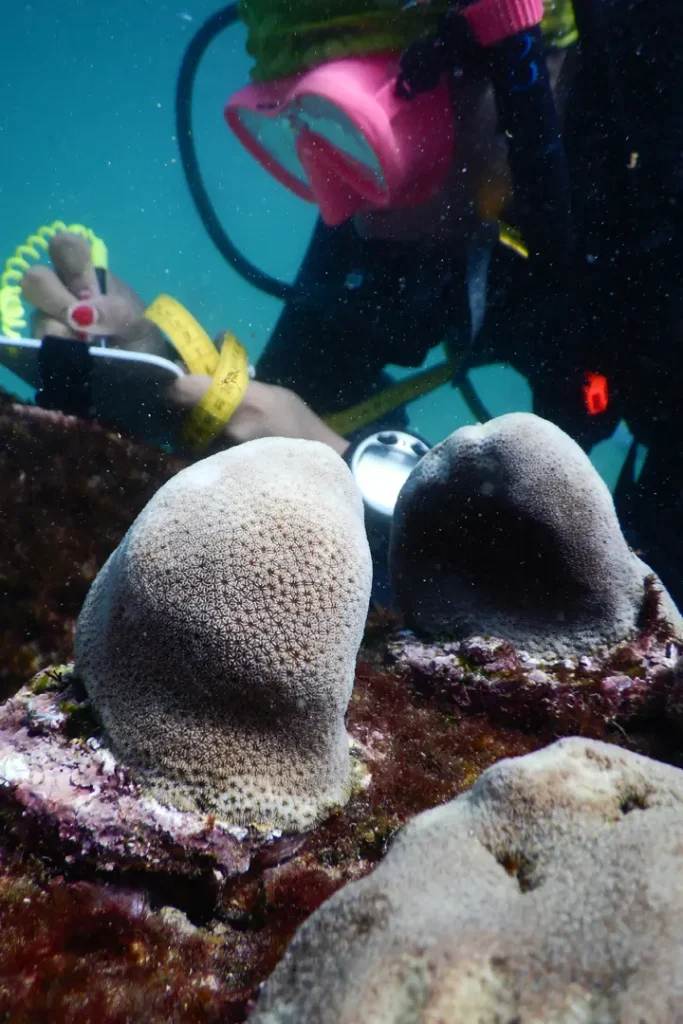
Looking Toward the Future
Another important goal of our project is to identify the most resilient coral species. We are collecting data on how coral colonies respond to changes in temperature, which is crucial for the conservation of Galápagos corals and for global restoration strategies.
Recently, we organized a coral cleaning event at the Bahía Academia coral nursery, where we are caring for 185 coral fragments from eight different species. This task is essential because algae growth tends to increase during the colder months. By cleaning the nursery, we provide the necessary space for the corals to grow, allowing us to transplant them later to marine areas that need restoration.
This collaboration with the Galápagos National Park Directorate is vital for restoring biodiversity and protecting the unique marine treasures of the Galápagos. As these projects continue to progress, we remain fully committed to supporting conservation efforts that preserve the region’s rich marine life.
